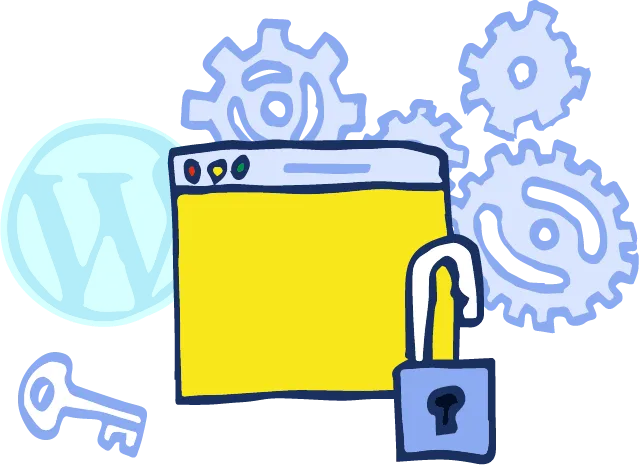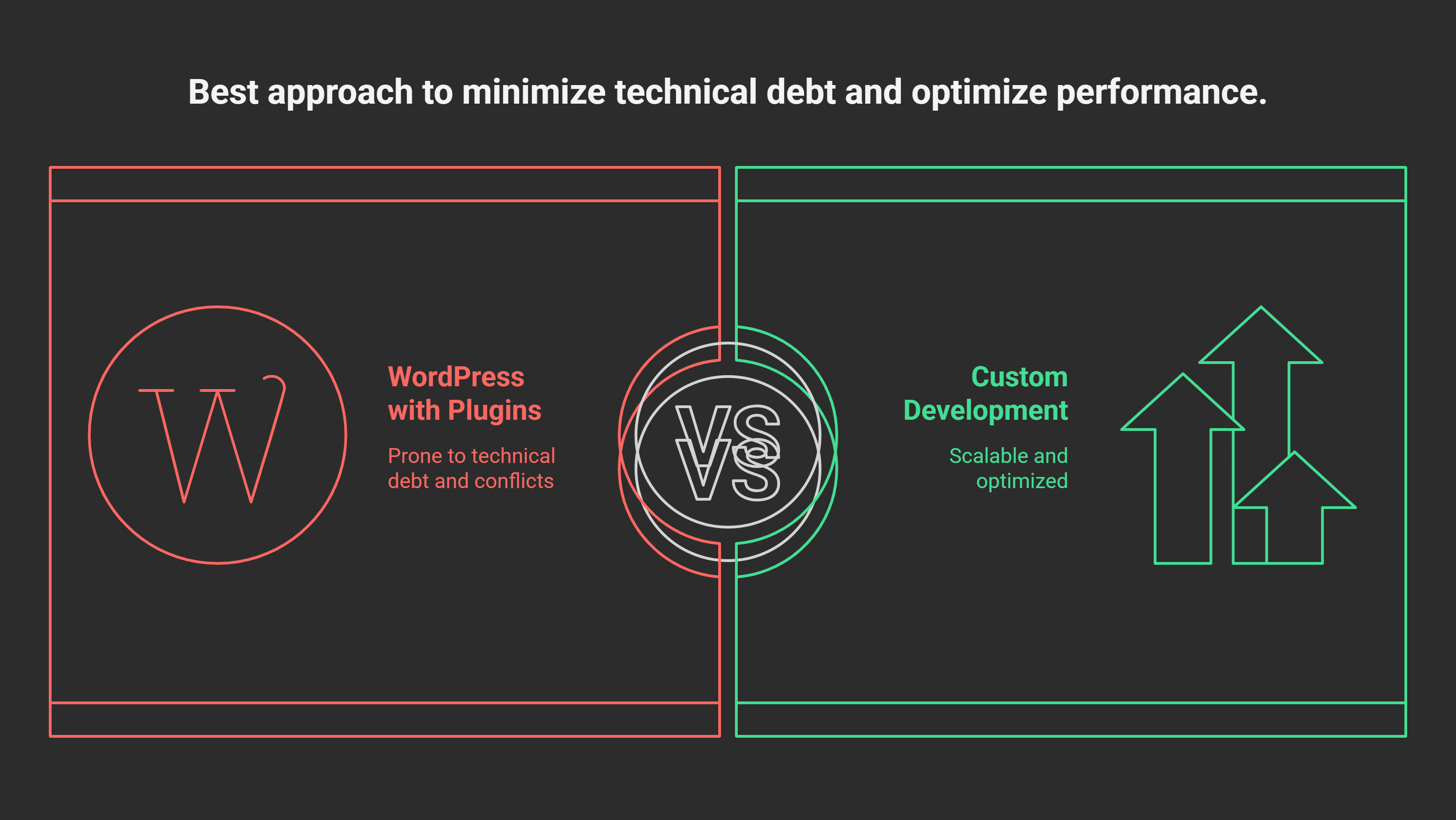Revolutionizing Your Software Experience
Businesses frequently face the challenge of outdated or inefficient software solutions. These solutions often fail to keep pace with technological advancements, resulting in lost productivity, frustrated users, and missed opportunities. The core problem is not just inefficiency but the entrenched habits that keep companies tethered to suboptimal systems.

Today, many businesses attempt to solve these inefficiencies by patching existing systems or opting for incremental upgrades. While these approaches offer temporary relief, they rarely address the underlying issues:
- Incremental Updates: Small, iterative updates can fix bugs and add minor features, but they often leave the fundamental architecture untouched. This can lead to compatibility issues and limited scalability.
- Workarounds: Users develop manual processes or rely on third-party tools to bridge gaps in functionality. This not only increases complexity but also introduces security risks and inefficiencies.
- Replacement Solutions: Switching to new software entirely can be daunting and costly. The transition period can be disruptive, and users often resist change due to the comfort of familiar interfaces and workflows.

To truly break free from the limitations of current solutions, the ideal software product must be transformative, not just incrementally better. Here’s what that looks like:
- User-Centric Design: Intuitive interfaces and seamless user experiences are crucial. The software should feel natural and easy to use, minimizing the learning curve and enhancing user adoption.
- Scalability and Flexibility: The solution should grow with the business, allowing for easy updates and integrations. This ensures that the software remains relevant and useful as the company evolves.
- Robust Security: In an era where data breaches are rampant, security cannot be an afterthought. The software must include cutting-edge security measures to protect sensitive information.
- Innovative Features: Incorporating AI, and other advanced technologies can provide predictive insights, automate routine tasks, and offer capabilities that go beyond current expectations.

1. Understanding Behavioral Aspects
Breaking entrenched habits is a formidable challenge. My approach begins with a deep understanding of user behaviors and preferences. This insight guides the design process, ensuring that new solutions integrate seamlessly into existing routines.
2. Analytics for Real Market Results
Designing a solution is just the beginning—it's based on hypotheses. The real test comes when users start interacting with the software. I utilize detailed analytics to understand where users spend most of their time, where they struggle, and which features are most utilized. This data-driven approach helps refine and perfect the software.

3. Split Testing
Sometimes, I conduct split tests to compare different versions of a feature or design. While split testing isn't a perfect representation of the real market, it provides substantive and reliable insights that can guide real-world applications.

4. Collaboration and Feedback
Open and honest feedback is crucial. I maintain regular communication with clients to understand their needs and challenges. This partnership builds trust and results in a product that is finely tuned to meet user expectations.
5. Focus on Innovation
Innovation is at the heart of my work. By leveraging the latest technologies and methodologies, I develop solutions that are not just improvements but transformative leaps forward. This dedication to innovation ensures that the final product stands out in the market.
6. Commitment to Excellence
Quality is non-negotiable. I adhere to best practices in software development, from rigorous testing to meticulous documentation. This commitment ensures that the software is reliable, maintainable, and scalable.
- Market Growth: According to Statista, the global enterprise software market is projected to reach $517 billion by 2027, growing at a CAGR of 11.3%. This growth highlights the increasing demand for innovative software solutions.

- User Satisfaction: A study by Gartner found that 60% of organizations experience a significant boost in productivity and user satisfaction after adopting user-centric software solutions.

Breaking entrenched habits and transitioning to innovative software solutions is not just about minor improvements; it’s about a transformative leap forward. As a remote lead software engineer, I bring a deep understanding of user behavior, a commitment to innovation, and a collaborative approach to deliver solutions that exceed expectations. The investment in such a solution is an investment in the future success of your business.
Meet Dennis, a seasoned software engineer with 11 years of experience transforming ideas into digital reality. He has successfully guided countless projects from concept to deployment, bringing innovative solutions to life. With a passion for crafting exceptional software, Dennis has helped countless clients achieve their goals.
Click here to learn more
Popular Posts
- How Can Strategic Software Solutions Propel Your Business to the Next Level?
- What is the Key to Startup Success?
- Why Do Some Products Soar While Others Flounder?
- Why Is Consistent Blogging Critical for Your Go-To-Market Strategy?
- Why Do Some Products Stick While Others Don't?
- Why Do Top Engineers Choose Where They Work?
- The Ultimate Solution for Faster, Scalable, and Customizable Web Design Without the CSS Headaches
- Revolutionizing Your Software Experience
- How Can You Overcome Common Pitfalls in Enterprise Application Software Development and Achieve Success?
- Discover the Ultimate Solution to Streamline Your Workflow and Boost Productivity!
Ready to take your business to the next level? Let’s make it happen.
Recommended For You

The Decision Maker’s Playbook to Building Winning Products

Unlock Faster, Safer Websites: Why Businesses Are Choosing Next.js Over WordPress

Why Settle for Less? How Custom Web Development Fuels Your Business Growth

Test Ideas Smarter

How Can You Deliver Software That Wins Customers and Beats the Competition?

Why Your Agile Workflow is Failing You (And How Storyboarding Can Fix It)

How Edge Computing Can Keep Control Over Your Sales Process

